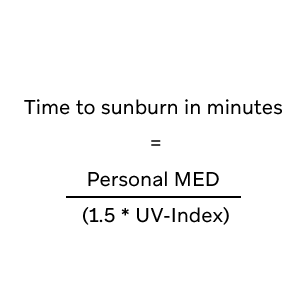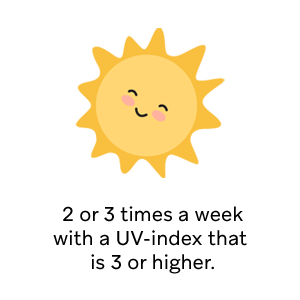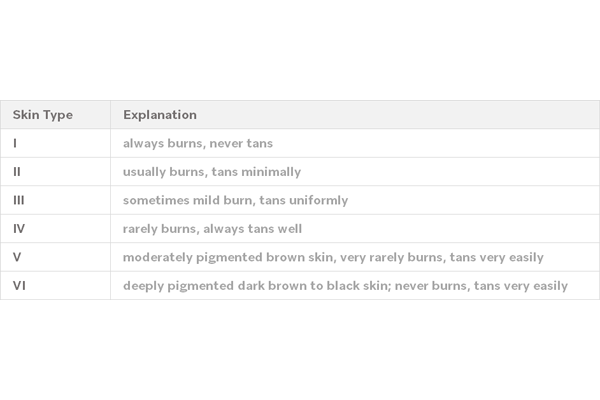Preventing Vitamin D deficiency
A Vitamin D deficiency can lead to chronic fatigue, depressive moods, susceptibility to infections, compromised bone health and other symptoms - here is how to avoid it.Our body can only produce Vitamin D when it is exposed to sunlight with a UV index of at least 3. Vitamin D deficiency primarily occurs when you are not exposed to enough of such sunlight.
In Switzerland, a UV index of at least 3 is typically only present from April to October. Outside of that period, your body cannot produce Vitamin D, even if you do spend enough time outside. To find the current UV index, click on the button below.
function in the body
Vitamin D is essential for the absorption of calcium and phosphorus, which are vital for maintaining strong and healthy bones. Without adequate vitamin D, bones can become weak and brittle, increasing the risk of fractures and osteoporosis.
Vitamin D helps regulate the immune system, playing a role in defending the body against infections and diseases. Without adequate vitamin D, the immune system may become compromised, increasing the risk of infections and autoimmune disorders.
Vitamin D is involved in the regulation of muscle contraction and neuromuscular coordination. Without sufficient vitamin D, muscle weakness and impaired function may occur, leading to decreased mobility and physical performance.
Vitamin D deficiency can lead to a range of symptoms, with notable effects on energy levels and mood. Inadequate levels of Vitamin D may contribute to chronic fatigue and feelings of low mood or depression.
Calculate the ideal daily sun exposure
Calculate the ideal daily sun exposure
Step 1: Find out your skin type & current UV index
Step 2: Based on your skin type find your personal MED (Minimal Erythema Dose)

Step 3: Calculate time to sunburn based on personal MED & current UV Index

Step 4: Calculate ideal time for sun exposure 2-3 times a week





- Step 1: Let's assume that your skin type is III according to the skin type scala and the current UV index is 6.
- Step 2: Your personal MED is 400.
- Step 3: Time to sun burn = 400 / (1.5 x 8) ≈ 44min.
- Step 4: Expose face, neck and upper body for 11 min to direct sunlight 2-3 times a week.
Recommended daily intake
What to consider when taking Vitamin D supplementation
Recommended daily intake
The recommended daily intake of Vitamin D varies based on age and is typically measured in micrograms (µg) or International Units (IU):
- For individuals aged 15 to under 65 years: A daily intake of 50 micrograms (µg), equivalent to 2,000 International Units (IU), is recommended.
- For individuals aged 65 years and older: A higher dose of 100 micrograms (µg), equivalent to 4,000 International Units (IU), is advised.
Sources:
- D, AT, CH Gesellschaft für Ernährung, Referenzwerte für die Nährstoffzufuhr - Vitamin D. (2. Aufl.), Bonn: Neuer Umschau Verlag
- Heaney, R.P. (2005), The Vitamin D requirement in health and disease. J Steroid Biochem Mol Biol, 97(1-2), 13-19
- Hollis, B.W. et al (2011). Vitamin D Supplementation during Pregnancy: Double Blind, Randomized Clinical Trial of Safety and Effectiveness. J Bone Miner Res, 26(10), 2341-2357
What to consider when taking Vitamin D supplements
When taking a Vitamin D supplement, it's crucial to consider several factors:
- Dosage: Refer to the recommended daily intake based on age and individual needs.
- Supplementation with Vitamin K2: Unless taking blood-thinning drugs, it's advisable to supplement Vitamin D with Vitamin K2. It works synergistically with Vitamin D, directing calcium to the bones and teeth while preventing its accumulation in soft tissues.
- Consultation: Before taking any supplementation, it is recommended to seek advice from a healthcare professional, especially if you have underlying health conditions or are taking other medications.
